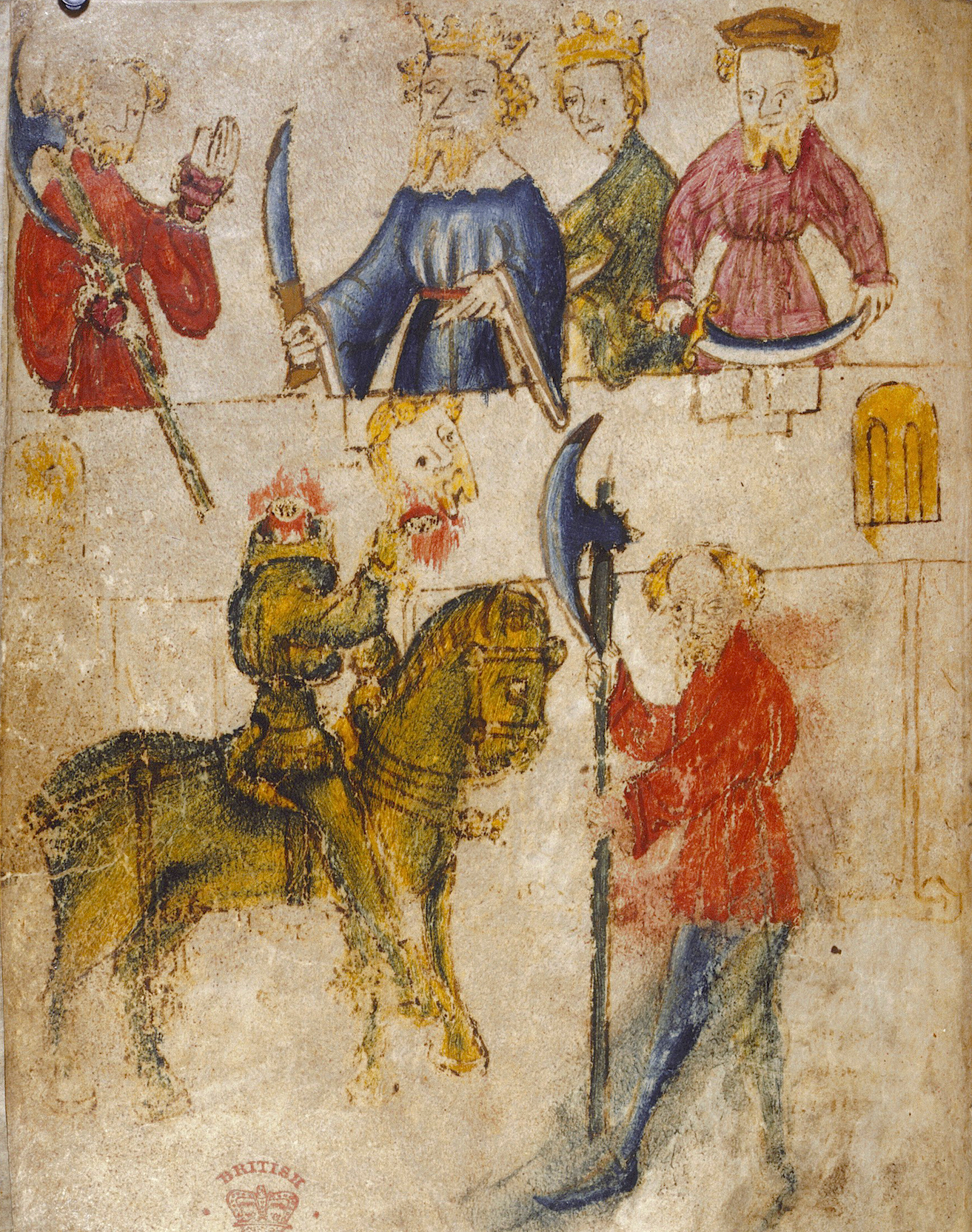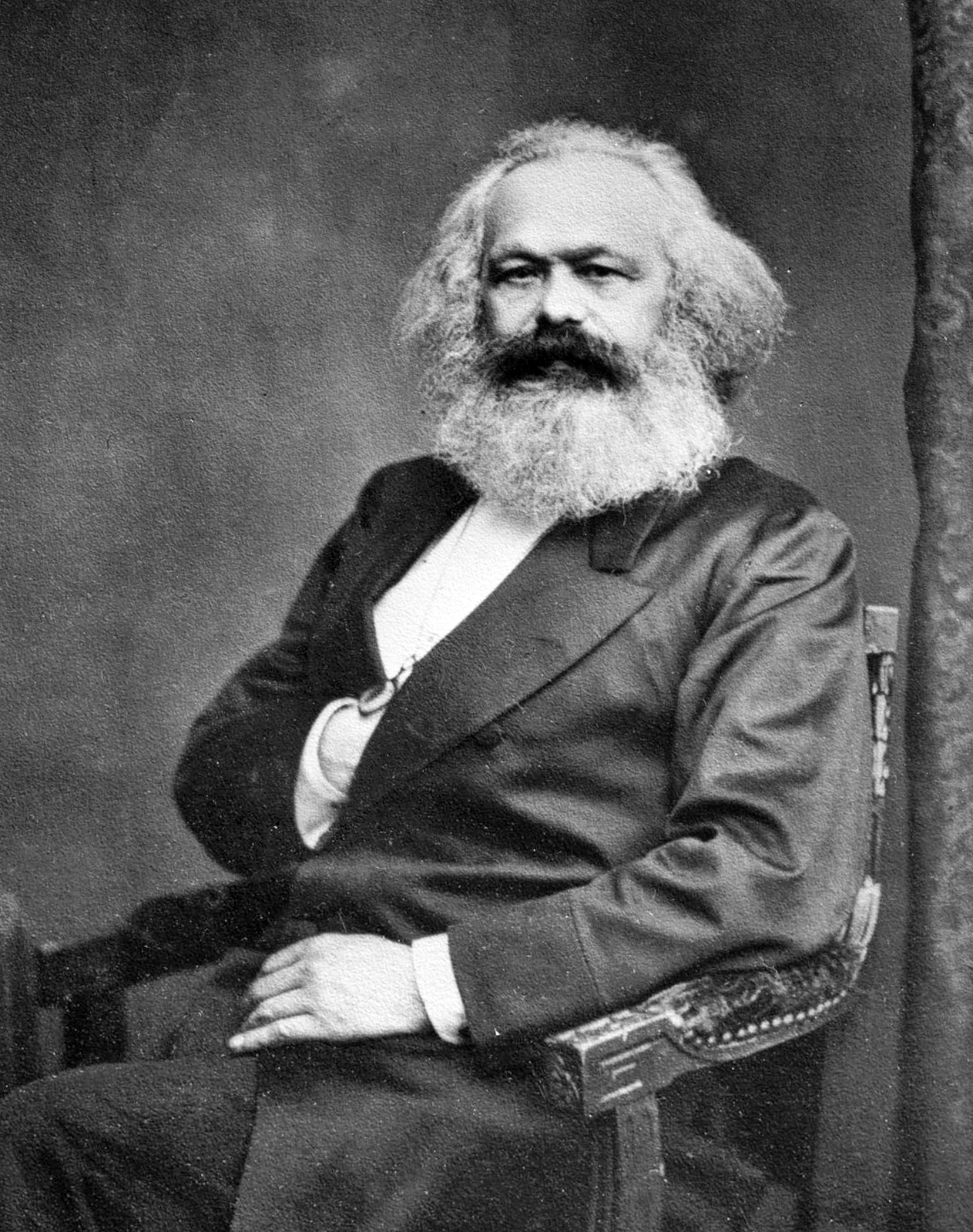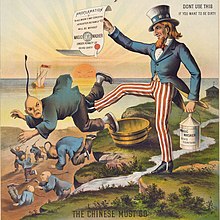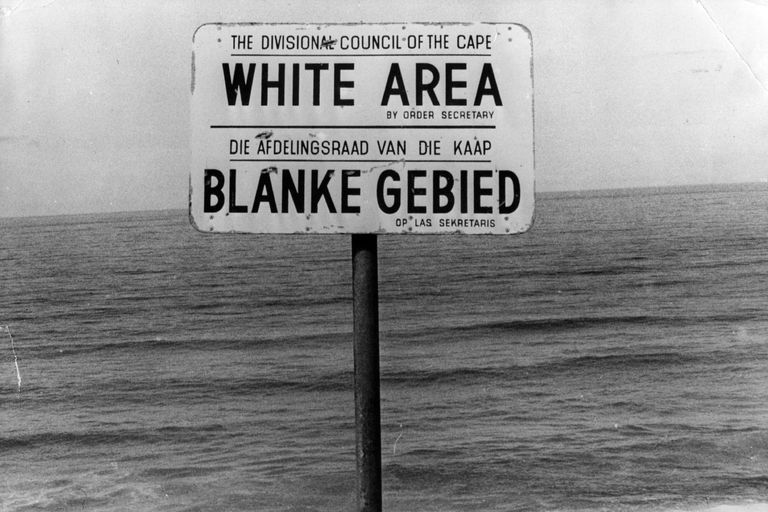Theme 5 (SOC) - Social Interactions and Organizations
10 min read•june 18, 2024
Andrew Fultz
AP World History: Modern 🌍
577 resourcesSee Units
👉The one thing you need to know about this theme:
Social interactions and organizations became increasingly complex and interconnected while also maintaining inequality from 1200-Present. Humans have always interacted with one another. However, since 1200, humans increasingly interacted with more and more people, including traveling at increasingly to distant places at efficient rates. Within that interaction, humans found ways to increasingly exploit one another, but as time progresses, so do humans, toward a more equal and just society. There is, however, still more work to be done, especially work that requires an international response. |
📘College Board Description
The process by which societies group their members and the norms that govern the interactions between these groups and between individuals influence political, economic, and cultural institutions and organization.
🔍Organizing Questions
How did inequality remain a significant continuity from 1200-present?
How did equality continue to progress from 1200-present?
What major changes occurred in where humans lived and what jobs they held from 1200-present?
📝Key Vocabulary
| Serfdom | Slavery | Middle Passage | Plantation |
| Syncretism | Casta System | Enlightenment | Suffrage |
| Capitalism | Socialism | Communism | Labor Unions |
| Middle Class | Working Class | Urbanization | Ethnic Enclaves |
| Nativism | Holocaust | Globalization |
Historical Examples
Units 1 & 2 (1200-1450)
The world is shifting politically, economically, and socially beginning in 1200. The Mongols are sweeping across the globe to form the largest land-based empire in world history, the Silk Road intensifies as a result of Mongol conquest, and women have a much greater role and more freedom in the Mongol empire. However, not every part of the world is experiencing change, especially socially.
Europe, for example, is in the midst of the medieval era. Feudalism reigns in Europe, which means that local rulers dominant the landscape, with hired warriors, or Knights, to protect their interests. What is happening in Europe is similar to the social structure in Japan, except instead of Knights, the Japanese have Samurais.
Europe is mostly agricultural, but this is before many inventions that enabled farming to be easier and more efficient. Thus, they relied on manual labor to satisfy agricultural demand. This labor came in the form of both free and forced workers. Serfdom is where workers were forced to farm land they did not own, give a portion of their crop to local rulers and their Knights, and were unable to migrant to another piece of land. Serfs were the bottom of the social hierarchy in medieval Europe.

Medieval Knight, late 14th Century
Units 3 & 4 (1450-1750)
After 1450, the world came together not like before with the interactions between Afro-Eurasia and the Americas. This caused some traditional labor sources to be intensified with the growth of new economic opportunities for those that have wealth and power.
Africa & Americas Interact
In particular, Africa experienced great social changes as a result of transoceanic voyages to the Americas. Although slavery was present in Africa long before 1450, and slave exports continued from Africa along the Mediterranean and Indian Ocean trade routes, the business of slavery increased with the growth of the plantation system in the Americas that harvested cash crops such as sugar and tobacco.
The shipment of slaves along the Middle Passage, the roughly month-long voyage from Africa to the Americas that saw many Africans perish, increased dramatically. This movement of enslaved led to significant social changes in both Africa and the Americas. In Africa, women assumed a greater role in society as a result of the forced departure of many males to work on plantations in the Americas. Polygamy (men with multiple wives) was increased in Africa since more females existed than males.
In the Americas, African enslaved brought their own culture with them, which then blended with that of Europeans. Africans brought rice and okra to the Americas, their language, and their religion. The blending, or syncretism, of African and European languages in the Americas came to be known as Gullah, and one example of religious blending was Vodun.
Interacting with Diversity
Outside of Africa and the Americas, some desperately tried to hang on to power, others emerged as formidable new power players, and even others that wanted to either embrace their diversity or control and subdue it. Either way, great social changes took place.
The Mughal and Ottoman empires, due to the significant amount of diversity within each nation, adopted policies for inclusion. The Mughal empire, even though they were Muslim, exempted the Hindu majority from paying special taxes restricted for non-Muslims among other Islamic nations. The Ottomans, also Muslim, accepted Jews at a time when other places in Europe were expelling them.
The Qing dynasty, on the other hand, put policies in place that restricted life for Han Chinese. They forced Han men to wear their dress and hairstyle, which were braided pigtails. It’s important to note, like the Mughal empire, the Qing ruled a population different from them. The Qing is also an example of a new ruler during this time.
In terms of rulers, both new rulers and existing rulers both sought to cling to power, and even at times conflicted with one another. In addition to the Qing, the Casta System in the Americas established an avenue for new elites and for people to be in power. The Peninsulares (whites born in Spain) conflicted with Creoles (whites born in the Americas). Further down the social ladder were mestizos (mixture of Native and white) and mulattoes (mixture of black and white). The Creoles fought for a long time to control the Spanish colonies in the Americas. The Peninsulares, as well as European nobility in general, are examples of existing elites and rulers wanting to keep power.

Image Credit; Painting depicting the Casta System
Units 5 & 6 (1750-1900)
The Enlightenment
Great change occurred during this time for social systems, especially in how people lived and what they valued. This primarily resulted from the Enlightenment and the Industrial Revolution. The Enlightenment was an intellectual movement that sought to apply scientific principles to human government and society. On the other hand, the Industrial Revolution was the movement from primarily agricultural based societies toward more factory jobs.
The Enlightenment, which seeks continual progress for human society, led to many reform movements such as more people voting (suffrage) and the end of both slavery and serfdom. Suffrage expanded in the U.S. with more males being able to vote, first with white non-landing males and then later to include black males. Great Britain throughout the 1800s passed a series of Reform acts to expand suffrage to include workers and farmers.
Women were mostly left out of suffrage expansion, which led many women to protest equal representation. At the Seneca Falls Convention, Lucreita Mott and Elizabeth Cady Stanton led the meeting demanding the right to vote. At this convention, they even rewrote the Declaration of Independence to include that “all men and women are created equal.”
The Industrial Revolution
Regarding a greater desire for equality, the Industrial Revolution produced a very unequal world, with the gap between rich and poor widening dramatically. In fact, it even created new social classes. The Middle Class emerged that typically involved managers at the factory and were designed to be a buffer between the factory workers and owners. Women in the middle class were mostly regulated to household responsibilities, including raising children.
The Working Class, however, primarily consisted of factory workers and they were quite poor. They often worked long hours in unsafe conditions for little money. Children from working class families often had to work in order to help the family pay bills. The working class also mostly lived in slums, which were extremely unsanitary and crowded living conditions.
However, whether a person was a factory owner, a member of the middle class or working class, every person had to deal with unprecedented urbanization or the process of people moving to cities or urban contexts. This urbanization led to more crime, pollution, lack of adequate housing, and poor infrastructure (like roads and bridges) in cities. Pollution especially impacted all people, with air and water contamination greatly increased.
There were attempts by governments, philosophers, and working class members to correct the inequality resulting from the Industrial Revolution. Governments would expand public education (and outlaw child labor), they would require windows be built for every apartment in a city, and more parks would be built in cities to promote recreational possibilities for urban dwellers.
New economic systems emerged to challenge capitalism, which involved the government being mostly hands-off of private businesses and not regulating their activities. Socialism advocates the economy should be heavily regulated, with the people of a nation having the final say in how it operates. Going a step further, Karl Marx created the philosophy of Communism, which states that the government should control all private businesses. Marx believed this would progress human society and seek to remove different economic class distinctions.

Image Credit; Karl Marx
Labor Unions formed to combat perceived injustices from the Industrial Revolution. Labor Unions are organizations of workers coming together to protest more money for workers, safer working conditions, and less working hours. A common tactic utilized by labor unions is the strike, where they would cease working until their demands were met by the factory owner and middle management.
The Industrial Revolution created inequality, not just among people, but also between governments. In response, the Qing dynasty and the Ottoman empire both tried to industrialize in order to not be left behind technologically by Europe, Japan, and the U.S. The Qing dynasty started the Self-Strengthening movement that involved adopting Western scientific ideas, however, many wealthier individuals resisted efforts for industrializing. The Ottoman empire created the Tanzimat Reforms, which transitioned the nation from being heavily influenced by Islam to being more secular, and that was met with resistance from religious leaders.
Migration
A third major change in human society during this time, in addition to the Enlightenment and the Industrial Revolution, was global migration. People moved around the world for various reasons, but most migrants were looking for work because their original situation lacked it. As seen in Africa with the atlantic slave trade, most migrants were male, going to work in agricultural and other manual labor positions. This created more women in the origin country, leaving women to assume greater responsibilities there.
As people moved around the world, they often formed ethnic enclaves in order to be around people that look like them, speak the same language, hold similar religious practices, and obtain some sense of home. An example of an ethnic enclave would be various Chinatowns emerging in almost every major city in the world. A famous chinatown is in New York City where people today (year 2020) often buy fake purses and sunglasses. Another ethnic enclave would be Little Italy, also in New York City.
Nativism emerged as a response to the growing number of migrants worldwide. Nativism was a racist attitude toward migrants, and it often involved trying to exclude them from society. An example of a nativist is the Chinese Exclusion Act, a U.S. law that stopped immigration from China for roughly 50 years, beginning in the late 1800s.

Image Credit; Chinese Exclusion Act political cartoon
Units 7, 8, & 9 (1900-Present)
Genocides
After 1900, the world experienced global war multiple times. This had devastating effects on people, particularly vulnerable populations in various societies. This led to mass atrocities and genocides. The Holocaust saw millions of Jews killed by the Nazi party during World War II. Hitler and many of his fellow German leaders saw the problems in their society a result of the Jewish people, which led them to kill as many Jews as possible.
The Holocaust was not the only genocide since 1900. Armenian Christians were killed in large numbers by the Ottoman empire during and after World War I. The Tutsi ethnic group were killed systematically in the 1990s in Rwanda as a byproduct of colonialism and the division it created in that African nation.
Cold War
After the second major global conflict, a Cold War started in 1945 between the United States and the Soviet Union. It was called a “cold war” because the two sides did not fight directly. They both competed to spread their ideology. Communism and socialism spread into places around the world, such as Latin America, Africa, and Asia as part of efforts to redistribute land and resources for great equality.
For example, Ho Chi Minh spread communism in Vietnam as part of the larger movement for independence, first from France and then later from the United States. Minh saw communism as the way to undo the societal ills produced under colonialism.
Globalization
Globalization is about the interconnectedness of the world. It often is associated with one company operating in multiple countries. The challenges facing humanity in a post-1900 world frequently require a global response. In many ways, new international organizations, as part of the larger scope of globalization and interconnectedness, formed to combat those challenges and push humanity toward progress.
The United Nations Declaration of Human Rights identified rights to protect women, children, and refugees. Ideas included in the declaration were abolishing slavery, outlawing torture and child labor, and trying to be a more welcoming international community.
Civil rights expanded through women gaining the right to vote in many parts of the world, including the United States in 1920, the end of apartheid (legal segregation) in South Africa, and literacy rates increasing for women in most parts of the world. Also, women started having jobs outside the home at increasing levels as the 20th century progressed.

Image Credit; Apartheid sign in South Africa
International organizations formed to combat environmental and economic inequality. Greenpeace started to fight climate change (the planet warming), deforestation, whaling, and overfishing. These environmental issues affect all people despite their national boundaries. Regarding economic equality, the World Fair Trade Organization formed to help increase pay for traditionally marginalized workers, such as coffee farmers in Latin America and Africa. One of their main principles is for buyers to pay a fair price for the goods they are purchasing.
Sample SAQ
- Identify and explain ONE social change in Africa following Columbus’s voyage from 1500-1750.
- Identify and explain ONE social change in the Americas following Columbus’s voyage from 1500-1750.
- Identify and explain ANOTHER social change in either Africa or the Americas following Columbus’s voyage from 1500-1750.
Sample LEQ
To what extent did the Industrial Revolution foster change in human social structures from 1750-1900?
Browse Study Guides By Unit
🐎Unit 1 – The Global Tapestry, 1200-1450
🐫Unit 2 – Networks of Exchange, 1200-1450
🕌Unit 3 – Land-Based Empires, 1450-1750
🍕Unit 4 – Transoceanic Interactions, 1450-1750
✊🏽Unit 5 – Revolutions, 1750-1900
🚂Unit 6 – Consequences of Industrialization, 1750-1900
💣Unit 7 – Global Conflict, 1900-Present
🥶Unit 8 – Cold War & Decolonization, 1900-Present
✈️Unit 9 – Globalization, 1900-Present
✏️Frequently Asked Questions
🤔Exam Skills
👉🏼Subject Guides
📝AMSCO Notes

Fiveable
Resources
© 2025 Fiveable Inc. All rights reserved.